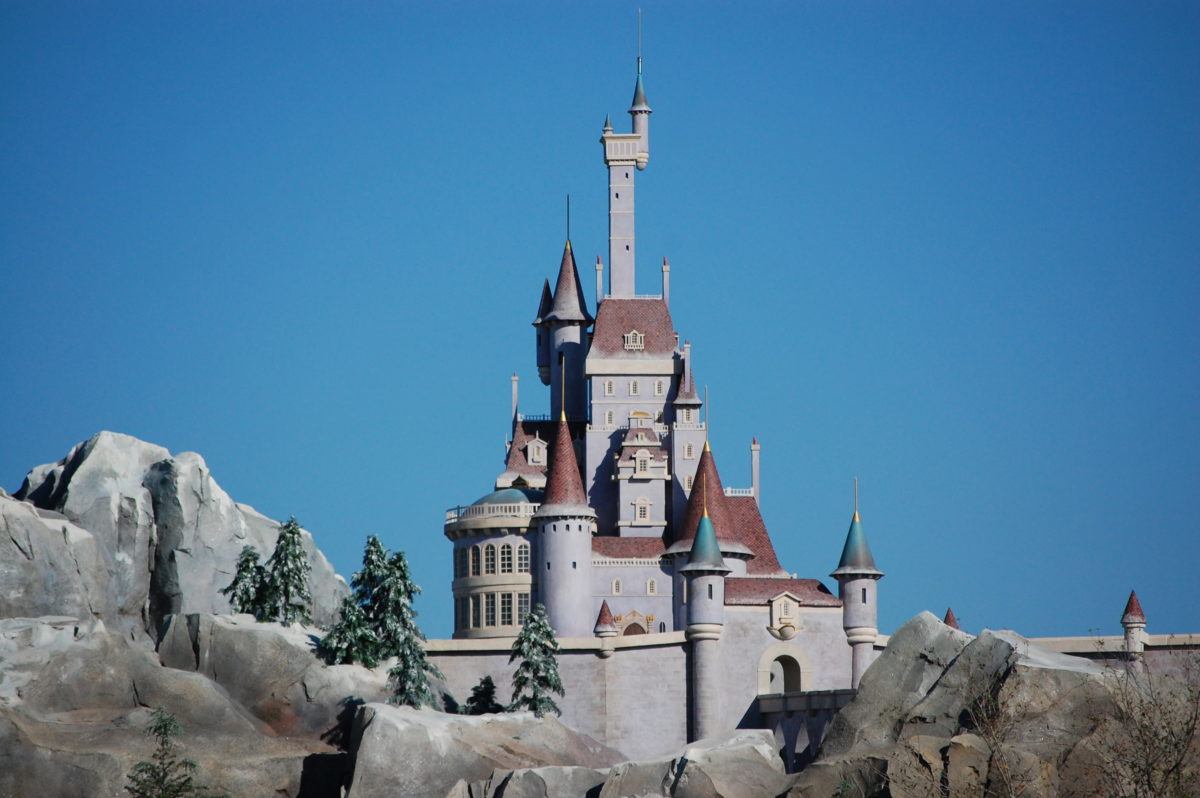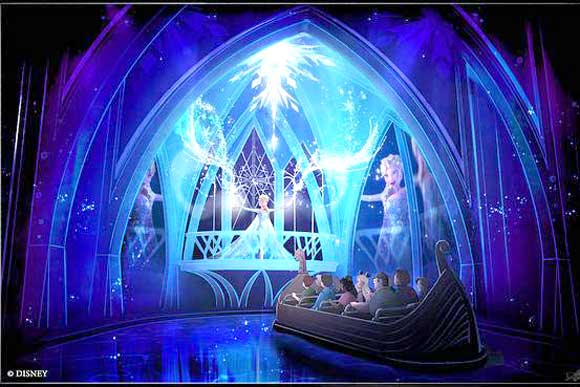You know it’s ironic…modern ride systems give you the ability to time vehicle movement and scene interaction to the microsecond giving a supremely individual experience and yet…
This ability is actually a trade off. The more control you exert over the specific Movement of the ride vehicle and scene elements the less control you have over the actual amount of time spent in any one scene.
Think of it like this: in an omnimover, or freefloating boat ride the vehicles are essentially a chain moving at a constant speed. Because of this the scenes play on loop – meaning that it doesn’t matter when a vehicle enters or leaves the scene. A scene can be as long or as short as you wish because nothing has to reset for the next vehicle.
Now look a ride with individual cars and scenes that are specifically triggered for each vehicle. While it’s an oversimplification, essentially each scene is limited to being exactly the duration of the dispatch interval between vehicles – because the vehicle has to leave whatever scene element in time for it to reset and be triggered by the next vehicle.
So even though in the latter case I can control exactly when the thing will trigger, and can control exactly where the vehicle is, what I can’t do is really have any control of how long the scene is.
Now my background is as an editor – telling stories with pictures and audio over time. And one of the most crucial storytelling tools is the proper use of pacing – imagine how handicapping it would be if every shot or every scene in a movie had to be the exact same length – that really affects your ability to use rhythm and pacing to affect the audience – instead resorting to how fast the shots move or how many things happen within a certain amount of time.
It’s a well known criticism in the theme park community I think that many modern attractions really struggle when it comes to pacing – things often continue to get thrown in your face one after another with no downtime. More attention should be paid to it….and while that can be done without going completely back to looping scenes, I do wonder if perhaps the reason that so many of the old grand attractions resonated so well is they were at great liberty to vary the pacing, vary the size and duration of scenes to their hearts content – much more able to tell the story with the use of space itself. I’m not sure, but I’m leaning towards yes.
Of course, then the question becomes, how do you get the best of both worlds? How do you get precise control of vehicle speed, position, and triggering of effects but retain the ability to make scenes as long or as short as you wish? I think there are probably ways to do it, and perhaps we’re starting to see it in small places, but it’s definitely something to keep in mind.
Actually, this is probably why the omnimover is such a great ride system – you get full control over the duration, and scale of scenes by having looping scenes but also get precision storytelling through the use of triggered audio and narration within the vehicle.
Note: this is really more a discussion about triggered scenes and events, vs. non-triggered scenes than it is ride-systems. And a discussion about whether you’re aware of other riders and becoming aware of their perspective of the show or not. They just tend to be related.


